11 Interesting About Cheah Kongsi History You May Not Know
Seh Tek Tong Cheah Kongsi was established in 1810 and one of the oldest Hokkien clan Temple in Penang apart from Leong San Tong Khoo Kongsi.
The temple itself was built from 1858-1873. It helped the Cheahs and their families preserve the rites and rituals worship.
Members of the Cheah can trace back to their ancestral origins from Cheok Tong Village, Sam Tor District, Hai Teng County, Cheang Chew Prefecture, Fujian Province, China.
The surname bear the emblem of ‘Precious Tree’ or also known as “Bao Shu” in Mandarin.
The Fujian Province strategically nestled on the coastline and actively involved in international trade until early Ming Dynasty (1368-1644) disallow overseas business.
Soon, the Fujian Province struck with internal warfare, piracy rampage along the sea soon affect the economy due to trade route disrupted and lack of farmland.
This lead too many of the Hokkien population in Fujian Province voyage on perilous seas in search of new horizons.
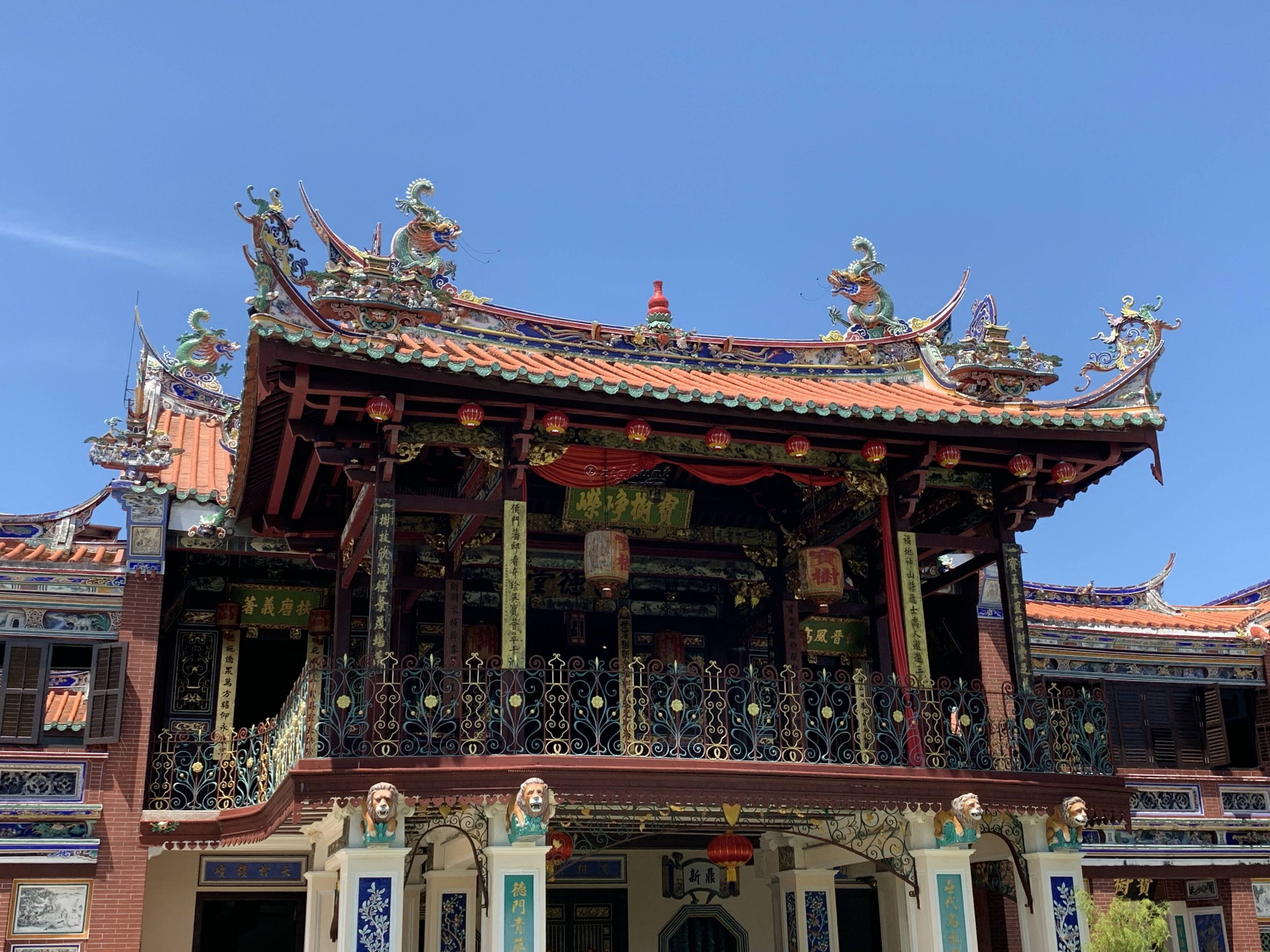
Cheah Kongsi View From Main Entrance © Zighunt
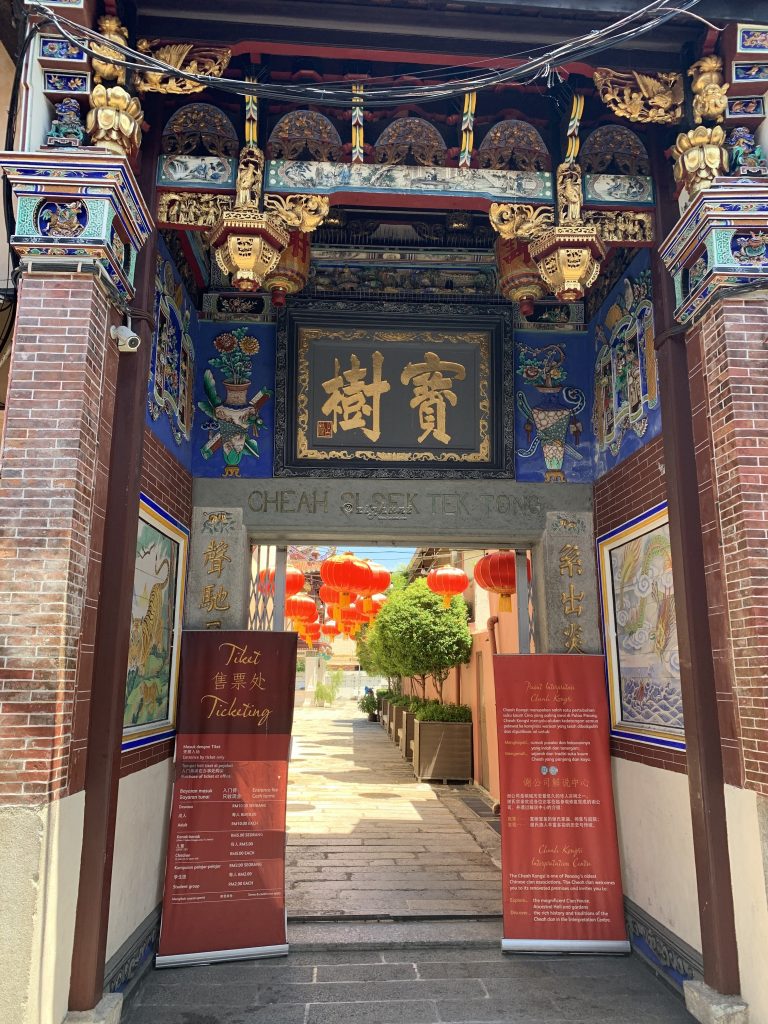
Cheah Kongsi Side Entrance From Armenian Street Gate © Zighunt
1. Ancestors
The story of Cheah title went back thousand years ago and according to history, all Cheahs are descendants of Yan Di Shen Nong and he does not have the surname of Cheah.
A man by the name of Shen Bo was born in the Zhou Dynasty (c 1046-256BC) and the emperor during that time granted him Xie County.
Therefore, the generations after Shen Bo adopted the county name Xie as their surname and is the Great Ancestor of the Cheah clan.
2. The Story of Cheah and Its Kongsi
The story of George Town is always associate with the Cheah’s clan story. Both history dated back to 1790s when George Town was booming with international trade.
During late 18th century, China was in turmoil state and this led to many Chinese left their hometown and venture into unknown horizon to seek for new lives.
In 18th century onwards, members of the Cheahs clan sailed to Penang and settle down in the new port of George Town.
Hence, the Cheah Kongsi or ‘Sek Tek Tong Cheah Kongsi’ was built to support new members of Cheah who came from the same ancestral village in China.
The temple remains until today not only holds the Cheah true identity but also a place for brotherhood ties.
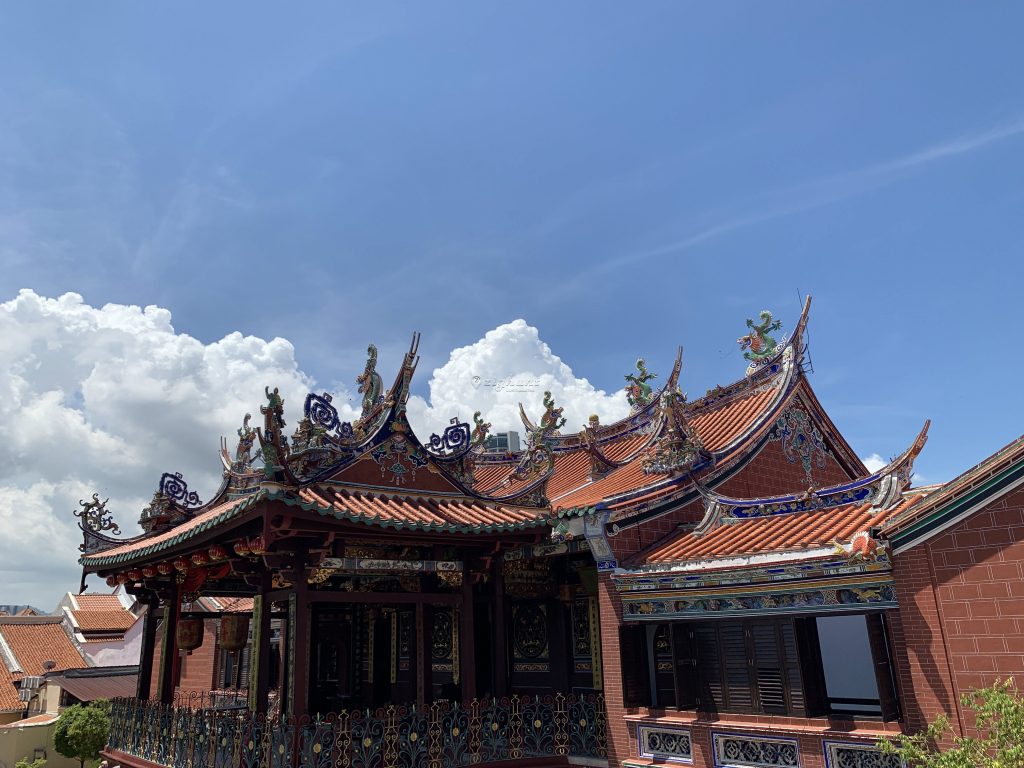
Cheah Kongsi Top View © Zighunt
3. About Cheah Kongsi
The main functions of Cheah Kongsi:-
- Ancestor Worship
- Provision of a subsistence allowance to widows of Cheah clansmen.
- Provision of University and Educational aid to the Children of Cheah members.
- Worship of the Patron Saint ‘Hock Haw Kong’
Besides, it’s also a place for both business dealings and spiritual life.
4. Life in China
The Cheah clan originate from the village call Sek Tong (Shi Tang) and also known as Fu Jian in Hokkien. The village located in province of Southeast China and surrounded by mountain and hugging the coastline which make it isolated from the rest of China.
The Cheahs then turn to the ocean for their fortune in trading porcelain, mushrooms, tea, fish, sugarcane, lychees and longan.
5. Journey Across The Sea
“Imagine stepping onto a boat and leaving all that is familiar behind to head off into a distant unknown”
In late 18th century, the Cheahs follow the footstep of their fellow countrymen towards seas in search for a better living since their own home province was plague with social tension (war, land shortages, overpopulation)
6. Chinese Junk
Most probably Cheah migrants travelled from Fujian province to Penang on Chinese junks and little is known about Cheah sea travel from China in late 18th – 19th centuries. The Fujian province was famous for small junks during that time which could sail in any weather.
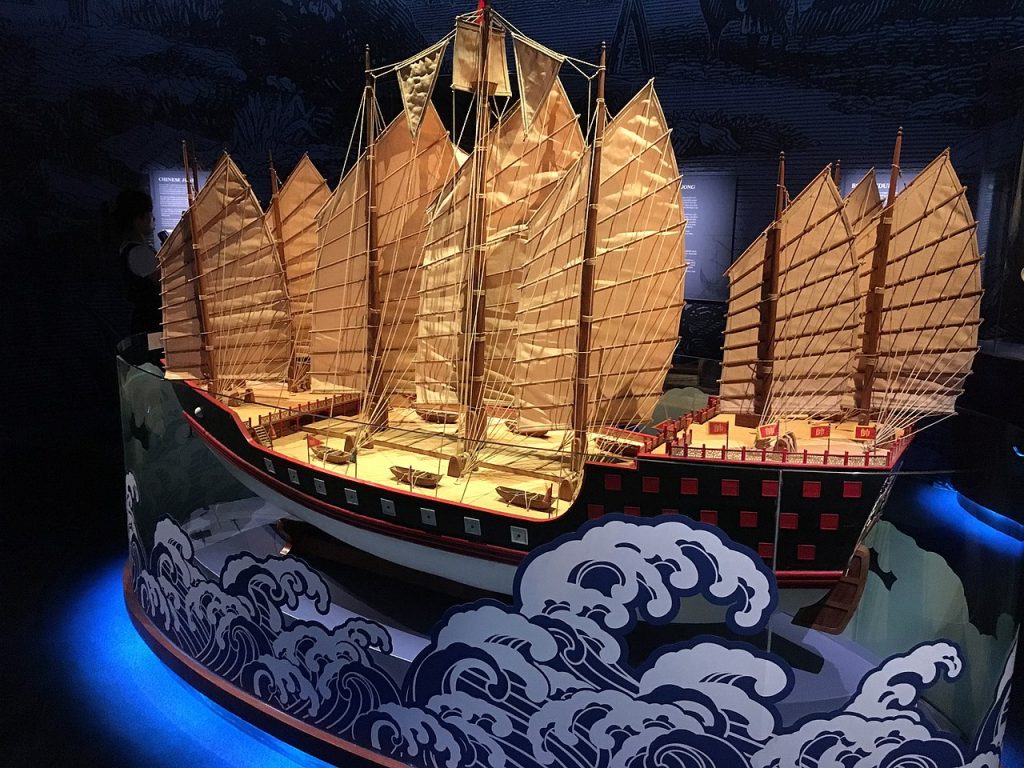
Chinese Junk ©Banej @wikimediacommons
Its shipbuilders build their craft in the Amoy (Xiamen) port where it is well known for its turbulent seas and stormy weather.
The Chinese junk ships with four masts already existed in early 13th century. The sails are made from bamboo battens which could be turned to direct wind into each other keeping the vessels afloat in rough seas. An angled bow kept the deck of each junk dry, while a deep rudder helped sailors steer a straight course.
In 15th century, many European shipbuilders had adopted these Chinese junks inventions.
7. Imagine Putting Yourself In Their Shoes
“Imagine packing up all your belongings. Putting your entire life into one small bag and fare welling your family. Knowing you may never see their faces again.
What would you take with you?
What would you write to your loved ones if you thought you would never see them again?”
Much of the Cheah clan member’s fate left unknown if they would ever see their loved ones again when they left their homes in China on their journey to Penang Island.
During that time, the only mean of communication was through letters where they will tell story about their new lives in George Town and hear what was happening back in their home village of Sek Tong (Shi Tang)
8. Cheah Kongsi Precious Tree
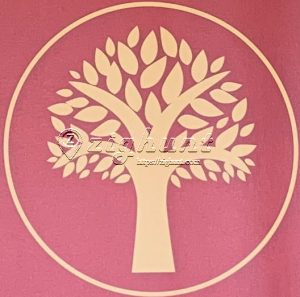
The Precious Tree-Bao Shu © Zighunt
The “Bao Shu”, or ‘Precious Tree’, is the emblem of the Cheah plan.
There are some stories mentioning about the auspicious tree that got its name after an Emperor visited a county in China long, login time ago and found the tree to be very beautiful.
The emperor then named the tree “Bao Shu” or Precious Tree in English. Unfortunately the original tree has been lost.
The sculpture with its roots that we see today is based on the “Bao Shu” tree where it symbolises the story of the Cheah clan’s migration to George Town (Penang Island).
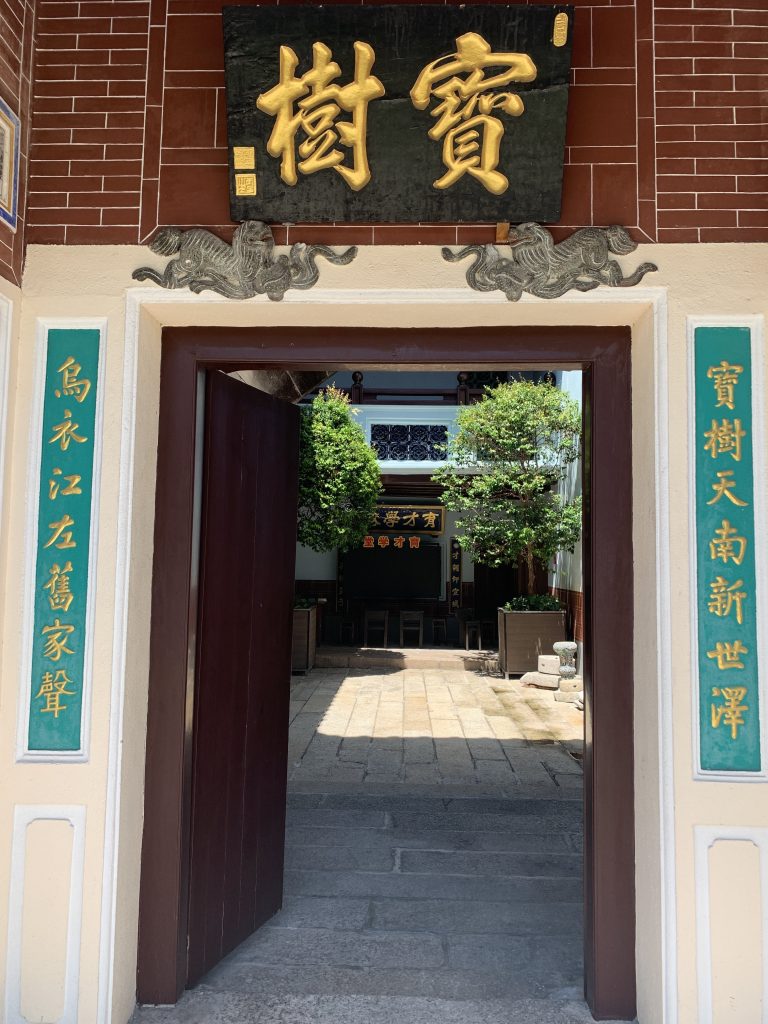
Cheah Kongsi Bao Shu Plaque At Entrance Door © Zighunt
9. Strong Roots
The Cheah Kongsi had contributed a lot by helping out most early Cheah immigrants to settle down their new lives in Penang. One of the first place for new comers to visit will be Cheah Kongsi where they will receive financial aid and a temporary homes while they searched for work.
The Cheah clan members had contributed a lot in the past two centuries and we can see their influence to be found everywhere in George Town until today.
10. Rest and Relaxation
Many Cheah clansmen met at the Kongsi after work for recreational purposes such as played mah-jong, listening to music and smoked opium.
Mah-jong was the favorite game of Cheah clan where it requires strategy, skill, calculation and chance that originated in China. However, the origin of Mah-jong are shrouded in myth and there is a story where the famous Chinese philosopher Confucius developed the game in about 500BC.
Another story tells how an army officer created the game to pass the time during the Taiping Rebellion period.
And another story tells how 2 brothers from Ningbo invented mah-jong around 1850 and called it ‘Ma Tiae’.
Today, mah-jong is now everyone favorite pastime game for many people around the world regardless of whatever its origins is.
11. Who is Cheah Yeam?
Cheah Yeam was one of the pioneer Cheahs in Penang as well as the first President of the Cheah Kongsi.
Cheah Yeam started of his life as fisherman in Bagan Dalam (Butterworth) but soon moved across the sea to Penang Island where he established the Cheah Kongsi as a refuge place for Cheah’s brotherhood.
Thought Of Mind
Not only did the Cheah clan shape the life of Penang but also introduce several colorful Chinese festivals that bring the town alive.
References:-
- Seh Tek Tong Cheah Kongsi Museum

